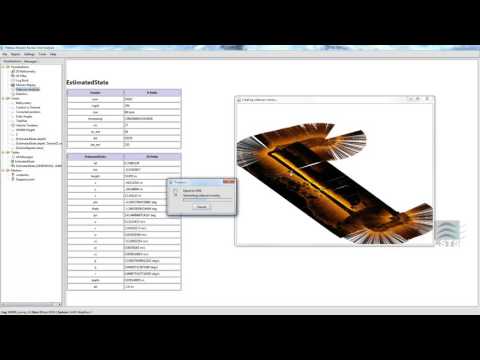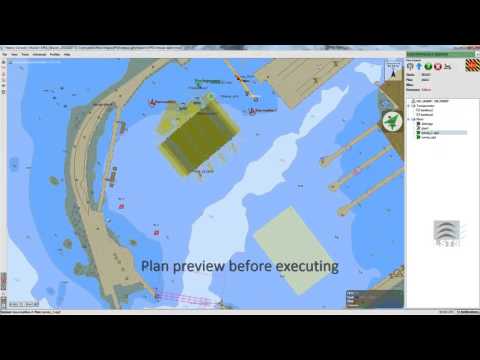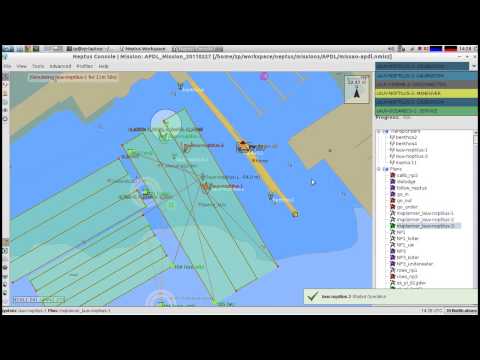Neptus
Distributed Command and Control Infrastructure for the operation of all types of unmanned vehicles. Neptus supports the different phases of a typical mission life cycle: planning, simulation, execution and post-mission analysis.
Neptus is used for all types of unmanned vehicles: tele-operated ROVs, unmanned aerial vehicles, autonomous surface and underwater vehicles and many “in-betweens”. This is possible via an abstraction layer based on the IMC protocol.
Neptus connects automatically with vehicles in the network and allows its control via: manual tele-operation, guided tele-operation, right-click commands (analogous to a real-time strategy game) and full-fledged mission planning. Moreover, consoles can be modified via the addition and configuration of plug-ins. These plug-ins can take the form of visual widgets in the console, optional popups, map layers or even daemons running on the background. Neptus configuration can also be adapted by the operators to fit mission-specific requirements and extended by developers through its comprehensive plug-in framework.
Neptus supports planning for different vehicle types. This is done by having a profile of each vehicle's sensors and maneuvering specifications. Different types of geographical data can be used in the planning phase, including S57 charts, tiled raster images from various sources and user-defined features. Plans can be simulated and validated before execution according to vehicle capabilities (battery endurance, maneuver support, sensors, etc).
During the execution phase, Neptus can be used to visualize incoming real-time data from multiple vehicles, to teleoperate individual vehicles and to give maneuver commands to multiple vehicles. In order to support limited communications, the expected behavior of vehicles disconnected is simulated so that the user gets a comprehensive, quick glimpse of the state of the entire network
The review and analysis phase takes place on site or after the mission (or plan) is concluded. In this phase, the collected data is processed and analyzed to compile the mission results or evaluate individual plan execution in order to adjust and re-plan to achieve another desired outcome.
Consoles can be adapted to specific mission needs or vehicle specifications. To give some examples, some consoles are tailored for multi-vehicle supervision while others allow manual control of tele-operated vehicles with video feed and joystick input.




